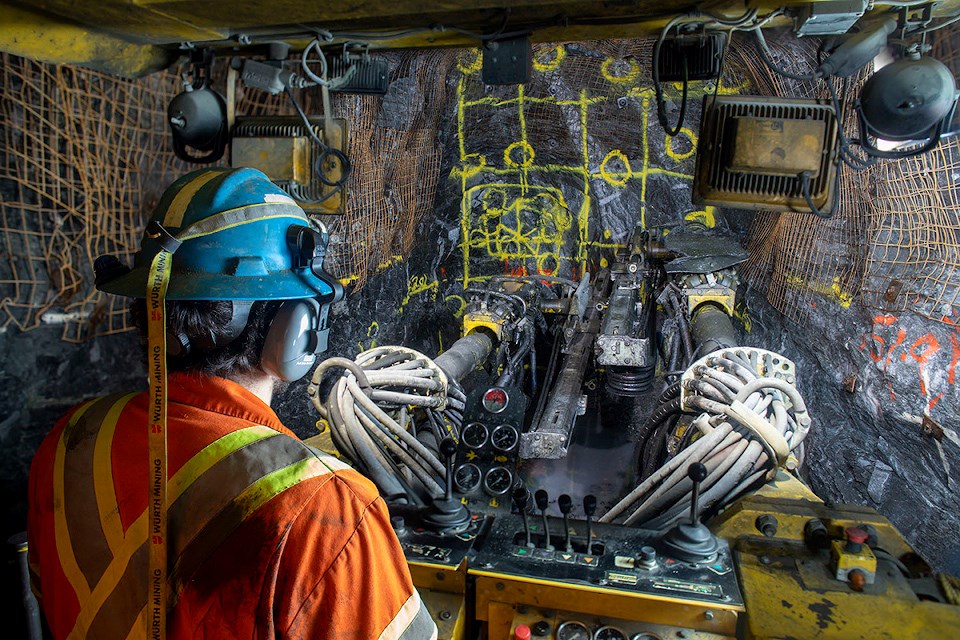The Island Gold Mine is a pretty big economic player on the north shore of Lake Superior.
Alamos Gold published its first-ever economic benefits assessment report showing what a regional economic engine the underground mine has become to the nearby town of Dubreuilville and the outlying communities of Wawa and White River.
The mine's owners tasked Ernst & Young LLP to measure the direct and indirect benefits of the operations and capital spending over the last three years, as well as what the gold miner expects to spend over the next 15 years and the mine continues to expand with more gold discoveries and more underground development.
The company has queued up $684 million to expand operations at Island Gold with a new shaft, expected to be complete by 2025. It will double mine life, put more people to work, and allow Alamos to continue operating to 2035.
As of early 2020, Island Gold’s employees account for nearly 22 per cent of total mining employment in the Algoma region, sustaining 379 jobs and 560 construction jobs annually over the past three years.
With the planned expansion of the Island Gold Mine between 2020 and 2035, activities are expected to sustain over 400 jobs annually, as well as over 3,100 construction jobs overall.
Of the mine's workforce, six per cent belong to Indigenous communities, more than twice the mining industry average of 2.4 per cent in Ontario.
Between 2017 to 2019, operational activities at the mine annually contributed $56.1 million in gross spending, $64.9 million toward Ontario’s economy in GDP, $54.3 million in labour income to support 544 jobs.
At the regional level, mining activities contributed to an annual total of $11.9 million in gross spending on suppliers, $10.9 million to the regional economy, and $44.1 million in wages and salaries for 379 workers.
The total contribution to the province of Ontario associated with the capital investment of the Island Gold mine from 2017 to 2019 is estimated at $250.2 million in gross spending, $166.2 million toward Ontario’s economy, $41.3 million in labour income, and 758 jobs across the province.
The capital investments generated $49.6 million in gross spending, $23.1 million to the regional economy, $33.3 million in wages and labour income, and a total of 560 in employment.
“When we took root in the region three years ago, we set out to hire locally, train great talent, and create tremendous value in the community, which we continue today,” said Alamos president-CEO John A. McCluskey in a Dec. 16 statement.
“Our next phase of growth at Island Gold will result in new jobs and opportunities in the region, create a lasting legacy that benefits all Alamos stakeholders, and reflect our core values of safety, teamwork, environmental sustainability, commitment and integrity.”
During the pandemic, Alamos delivered supplies and funding a meal service program in Dubreuilville for persons in need, at high risk and facing economic challenges.
The company temporarily shuttered the mine in late March given that the mine employs a large contingent of fly-in, fly-out workers. Operations resumed at the beginning of May and returned to normal operating levels in June.


